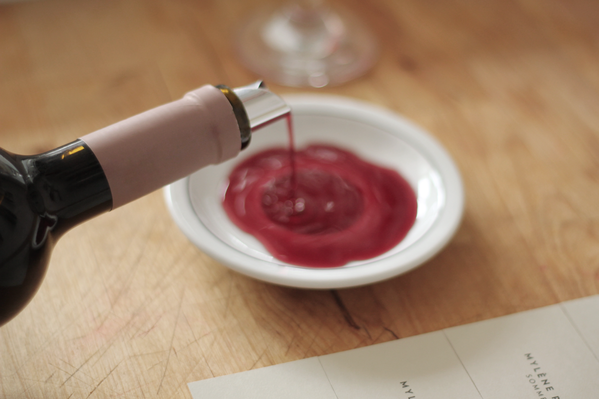A quick guide to creating an effective design portfolio & getting employers to notice you

These 6 key points are fundamental in having any chance of getting a response or call back from design studios or agencies. I’ve made them brief and straight to the point and will have many other posts that discusses each area deeper. Whether you are a design student, a recent design graduate or simply finding it difficult to get a design job, then go through these points and see if you’ve ticked all the boxes and continue with your pursuit.
1. CREATE AN ONLINE PORTFOLIO:
Keep it simple. The less clicks the viewer has to make to view your work, the better. Checkout mine out at
www.ramcastillo.com but there are thousands of portfolio sites out there. Compare yourself with the best and never compare yourself with the worst. Find sites you like and how they are navigated and create your own. There are also many free portfolio sites out there. At least have an online presence on
behance.net,
cargocollective.com and
coroflot.com
2. MAKE LINKEDIN YOUR NEW BEST FRIEND:
If your not already, sign up for
LinkedIn.com and connect with every professional you know on a regular basis. From your relatives to friends and even you’re parents friends. Think of LinkedIn as FaceBook for professionals. Keep your information up to date as it becomes you’re online resume viewable in an instant. You will also end up using this to email influential people directly for any opportunities as time goes on.
3. WRITE A CLEAR AND CONCISE EMAIL TEMPLATE:
Once you have your online portfolio up whether on a third party website or your own domain website, you can email people easier without having to attach a PDF. Craft an email with a brief introduction about who you are and state a positive comment on the work that the company you are emailing has done that got your attention. Then continue into what you are currently doing and what you want. Ask, and you shall receive.
You can then use this email as a template to send to other prospective design studios or agencies that you feel drawn to having experience with. Remember to add the URL link of your online portfolio.The key is to show interest regarding any potential opportunities or openings they may have for Junior Designers and is a way of you raising your hand by letting companies know you are energetic, enthusiastic, someone who takes initiative and is available.
4. CREATE AN EMAILABLE PDF PORTFOLIO:
You still need a PDF portfolio but should only be 5-10 of your best work. Nothing less and nothing more. If your not happy with most of them, then only show the good ones. Quality outweighs quantity.
5. DESIGN AN IMPRESSIVE AND SMART LOOKING RESUME/CV:
It’s probably best to have a CV handy. Do your research on how to structure a strong and clear CV. I did this ages ago and continue to do it. I’ve redone by CV 4 times in 4 years and make it better each time. By better, I make it simpler. You would usually have your CV page(s) then your portfolio pages to follow in the one PDF.
HOT PORTFOLIO TIPS:
• Keep the pages clutter free
• Have ALL your work photographed (professionally or by yourself)
• Photographed pieces show the work in real life and adds depth to your portfolio.
• Don’t just put the file of a design on a page, or worse, with crop marks or knife lines (you’d be surprised how many times I’ve seen this)
6. PUT YOUR DESIGN WORK IN CONTEXT
Caption your designs with short information. This only has to be in 7 or 8 pt type that sits on the corner of the page or wherever is not distracting. The employer looking at you’re portfolio has no history of the job, if it was real or a made-up brief.Labels you should include:
• The client
• The agency you did it at
• The background on the task/brief
• The results achieved from the project
• When you did it
• And most importantly, your role on the project
Share this article :
[TheChamp-Sharing count="1" url="https://giantthinkers.com/a-quick-guide-to-creating-an-effective-design-portfolio-getting-employers-to-notice-you/"]
